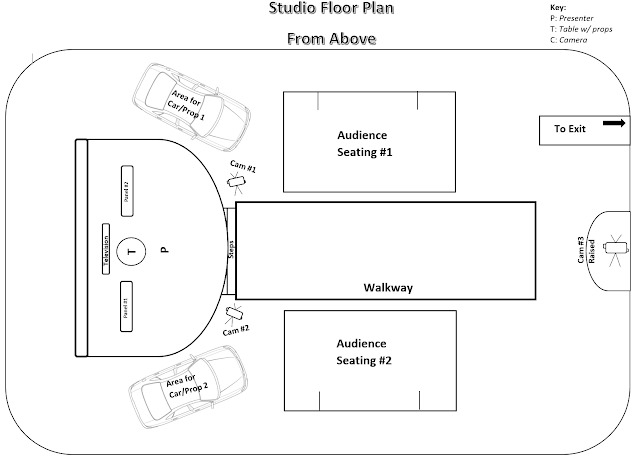Storytelling with Pictures: 180 Rule
Where you position the camera in the scene is where you position the audience within your scene.
The 180 rule is about establishing an arc of sensical camera positioning between two characters within a scene, you could cut shots or hold shots and it would look right to an audience. This is done by Screen Left and Screen Right and drawing an arc between the two points.
Characters won't always remain in place, therefore the arc must be repeatedly readjusted in order to make sense.
You can also cross the line with a moving camera as then the audience is aware of the position change. Rules can be broken however, only for a valid reason. This will confuse the audience and unless this is intentional, this isn't what you want the large majority of the time.
The Shining is a film that subverts the 180 degree rule, within the bathroom scene the camera switches from one perspective to another, crossing the line.
- Who is it about?/What?/When?/Where?/Why?/How?
- Is it dramatic? Can I dramatise it in a series of scenes?
- Look for the unpredictable.
- What is the theme?
- Who are your characters, not just names.
- What is it your protagonist wants? Their goal is...? What happens when they get it, is it really all they thought it would be? E.g. (Up in the Air (2009))
- What is the change of affairs? And how does this affect the story.
- Avoid, he/she is a better person.
- You know your ending.
"What's the point of writing a beautifully structured script with all the right technical points in it, if the writer has nothing to say?"
Lynda La Plante, writer/producer.
The 180 rule is about establishing an arc of sensical camera positioning between two characters within a scene, you could cut shots or hold shots and it would look right to an audience. This is done by Screen Left and Screen Right and drawing an arc between the two points.
Characters won't always remain in place, therefore the arc must be repeatedly readjusted in order to make sense.
You can also cross the line with a moving camera as then the audience is aware of the position change. Rules can be broken however, only for a valid reason. This will confuse the audience and unless this is intentional, this isn't what you want the large majority of the time.
The Shining is a film that subverts the 180 degree rule, within the bathroom scene the camera switches from one perspective to another, crossing the line.
- Who is it about?/What?/When?/Where?/Why?/How?
- Is it dramatic? Can I dramatise it in a series of scenes?
- Look for the unpredictable.
- What is the theme?
- Who are your characters, not just names.
- What is it your protagonist wants? Their goal is...? What happens when they get it, is it really all they thought it would be? E.g. (Up in the Air (2009))
- What is the change of affairs? And how does this affect the story.
- Avoid, he/she is a better person.
- You know your ending.
"What's the point of writing a beautifully structured script with all the right technical points in it, if the writer has nothing to say?"
Lynda La Plante, writer/producer.



Comments
Post a Comment